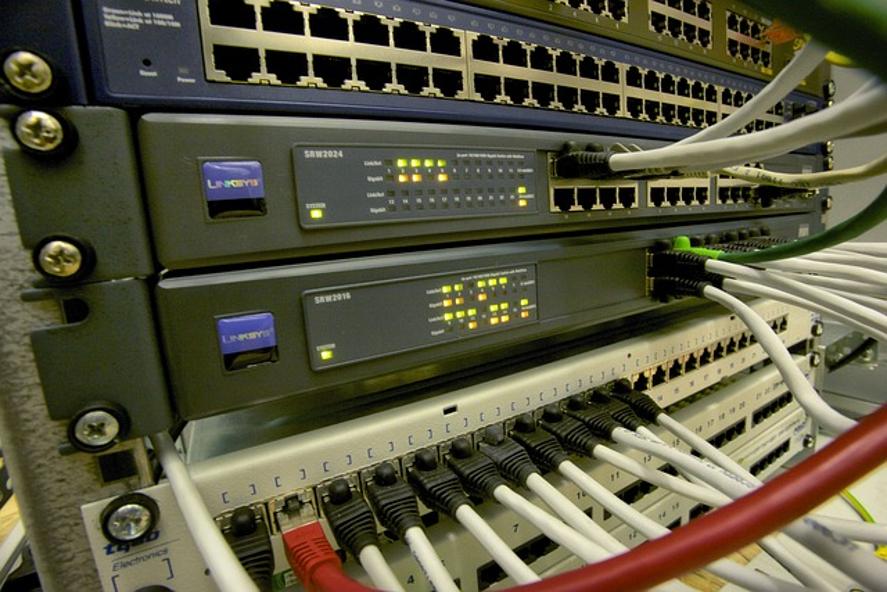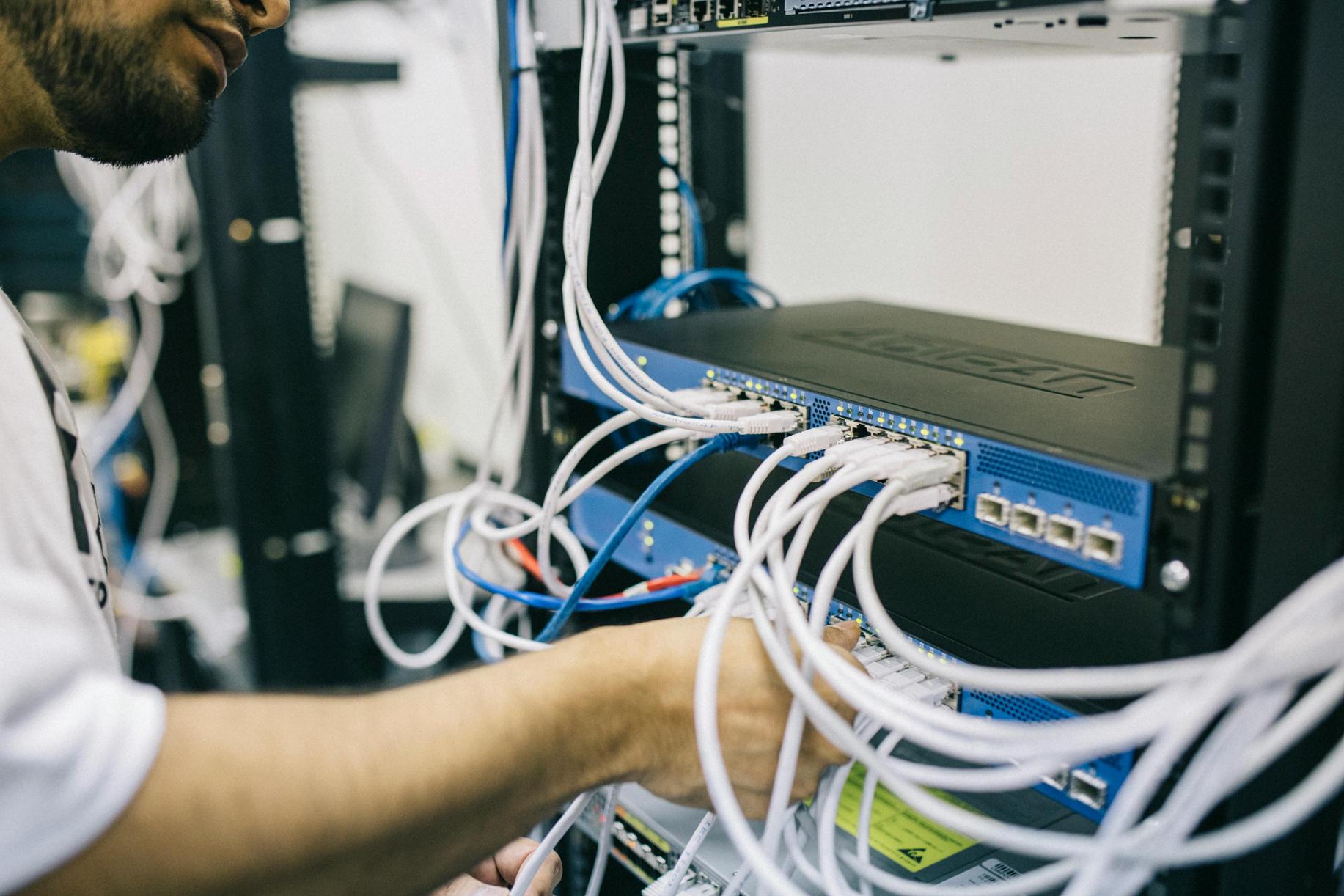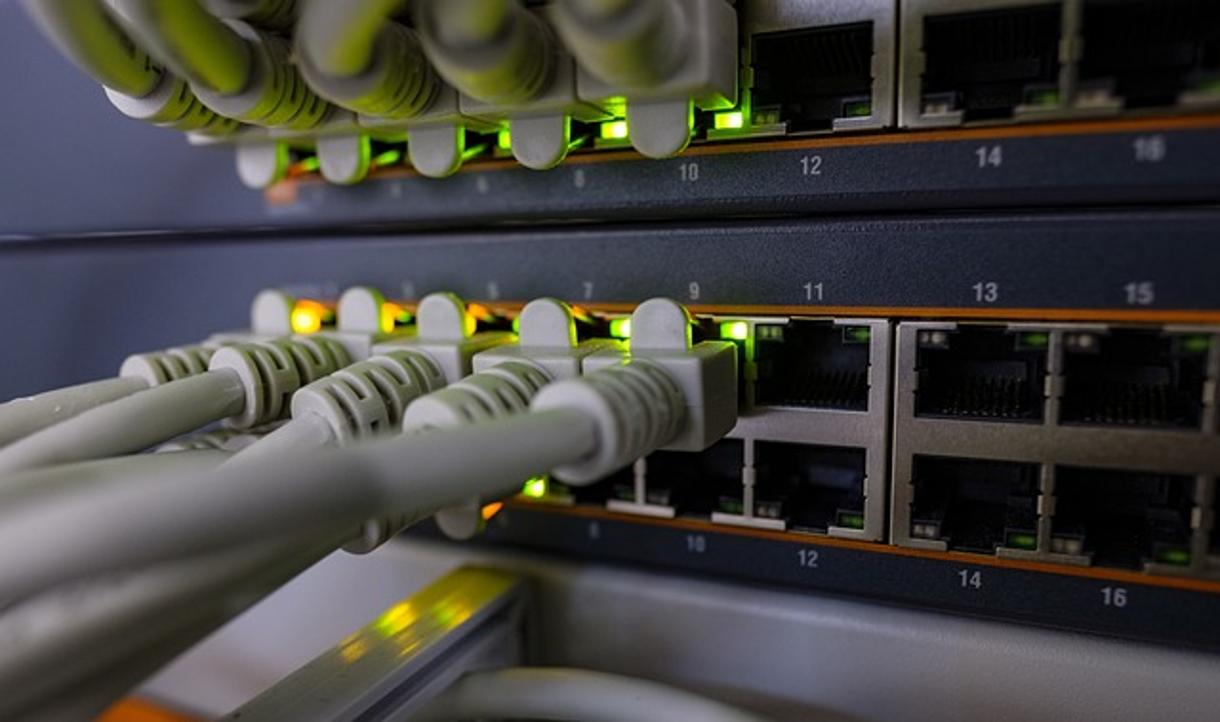Router Not Connecting to Internet: Comprehensive Troubleshooting Guide
Introduction
When your router suddenly stops connecting to the internet, everyday tasks come to a halt. Streaming movies, video calls, and even simple web browsing are impacted. Resurfacing connectivity issues aren't just frustrating—they disrupt productivity and communication. Getting your internet back online swiftly is essential. This guide provides a step-by-step troubleshooting process to help you restore your internet connection efficiently.

Check Physical Connections
One of the most common reasons for connectivity issues is loose or incorrectly connected cables. Start by ensuring that all cables are securely plugged into the correct ports.
- Verify that the power cable is firmly connected to the router and the power outlet.
- Check that the Ethernet cable from your modem is properly connected to the WAN port on your router.
- Ensure all network cables are intact and connected to their respective devices.
These preliminary checks can often solve the issue quickly without further effort.
Reboot Your Router
Rebooting your router can resolve a multitude of connectivity problems. It's a simple process but often effective.
- Unplug the router from the power source.
- Wait for about 30 seconds to 1 minute.
- Plug the router back in and wait for it to fully restart, which usually takes around 2 minutes.
By restarting, you can clear temporary glitches and refresh the connection.

Update Router Firmware
Outdated firmware can create compatibility and connectivity issues. Ensure your router's firmware is up-to-date to eliminate potential problems.
- Access your router's admin settings through a web browser.
- Navigate to the firmware or router update section.
- Download and install any available updates.
Firmware updates often include fixes and enhancements that can resolve connectivity issues.

Verify ISP Status
Occasionally, the problem lies with your internet service provider (ISP) rather than your equipment. Confirm the status of your internet connection externally.
- Check your ISP's website for any outage reports.
- Call customer service if no issues are reported online.
Ruling out ISP problems will help you focus on internal fixes.
Adjust Router Settings
Incorrect router settings can also cause connectivity issues. Adjusting and verifying specific settings might resolve the problem.
Accessing the Default Gateway
- Type the router's IP address (usually found on the router) into your web browser to access configuration settings.
- Enter login credentials (often 'admin' for both username and password by default).
Verifying DHCP Settings
- In the settings menu, ensure DHCP (Dynamic Host Configuration Protocol) is enabled.
- This setting allows your devices to obtain IP addresses automatically.
Configuring DNS Settings
- Set your router to use a reliable DNS server, such as Google's public DNS (8.8.8.8, 8.8.4.4).
- This change can enhance connectivity and speed.
Adjusting these settings will ensure your router is using optimal configurations for internet access.
Consider Interference
Physical and electronic interference can impact your router's performance. Identify potential sources in your environment.
- Keep your router away from large metal objects and appliances like microwaves.
- Place the router in a central location, preferably elevated, to ensure even distribution of the wireless signal.
- Use a less crowded Wi-Fi channel if interference from other networks is suspected.
Minimizing interference can significantly improve your internet connection.
Factory Reset Your Router
If troubleshooting has not resolved the issue, a factory reset might be necessary. This step reverts all settings to their defaults.
- Locate the reset button on your router (usually a small, recessed button).
- Use a paperclip to press and hold the reset button for about 10 seconds.
- Release the button and wait for the router to restart.
Bear in mind, a factory reset erases all custom settings, so you will need to configure your network again.
Advanced Troubleshooting
If standard troubleshooting steps don't work, delve into more advanced methods.
Using Diagnostic Tools
- Utilize built-in diagnostic tools available in your router’s settings.
- These tools can identify network issues and suggest remedies.
Checking Error Logs
- Access your router's error logs through the administrator settings.
- Look for recurring errors that might indicate the root cause.
Manufacturing-Specific Issues
Consult your router’s manual or manufacturer’s website for known issues and specific troubleshooting steps.
These advanced steps may uncover less apparent problems hindering your connectivity.
Professional Assistance
If you've tried all the steps and your problem persists, it might be time to seek professional help. Contact a tech support specialist or a professional technician. They have the tools and knowledge to diagnose and resolve more complex issues that might be plaguing your system.
Conclusion
Troubleshooting a router that won’t connect to the internet involves many steps, from simple checks to advanced diagnostics. Following this guide methodically should restore your internet connection. Remember, if the problem persists, professional assistance is always available.
Frequently Asked Questions
Why is my router not connecting to the internet?
Common causes include loose cables, outdated firmware, interference, wrong settings, or ISP issues. This guide provides detailed troubleshooting steps to resolve each.
How often should I update my router's firmware?
It's good practice to check for firmware updates every three to six months to ensure your router operates efficiently and securely.
What should I do if my router keeps losing connection?
If the issue persists despite troubleshooting, consider interference, weak signal strength, or potential hardware faults, and seek professional technical support if needed.



